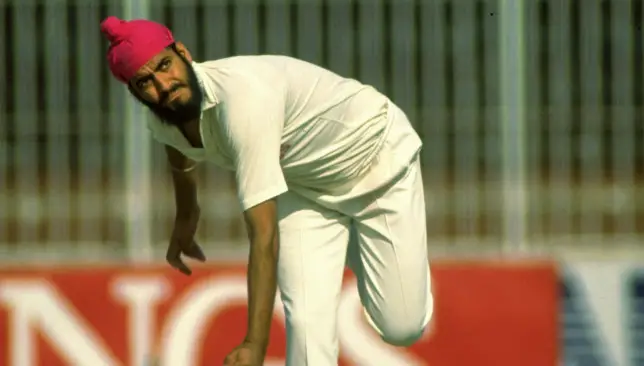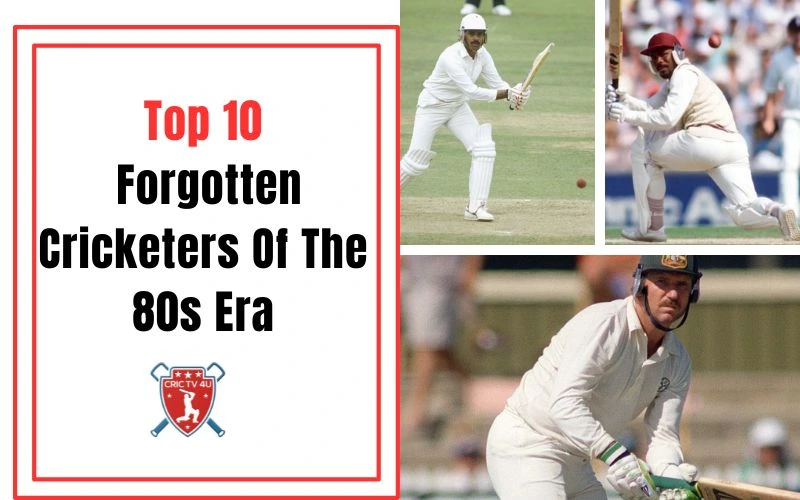The 80s are considered a golden age for cricketing in the world due to the sheer number of famous events happening during this era and with many great players, emerging to become renowned world legends. Events primarily centred around the ICC world Cup took place like India winning the first world cup and India hosting the world cup, making it the first world cup which was hosted outside England.
1. Larry Gomes (West Indies)
Larry Gomes is a retired West Indian middle-order batsman. The 80s era was the golden period for West Indian cricket, many of the cricketers of that era have been forgotten, except for the likes of Sir Viv Richards or Clive Lloyd. One of them is Larry Gomes. During his career, he achieved many remarkable feats, such as being awarded the Wisden cricketer of the year award. Making his debut in the year 1978, but indeed emerged as a skilful middle-order batsman in international cricket in the 80s, unlike his other teammates, Gomes played with soft skills and stabled innings. He has scored not less than ten centuries in his careers batting, at the middle order of the then West Indies power-packed top order.
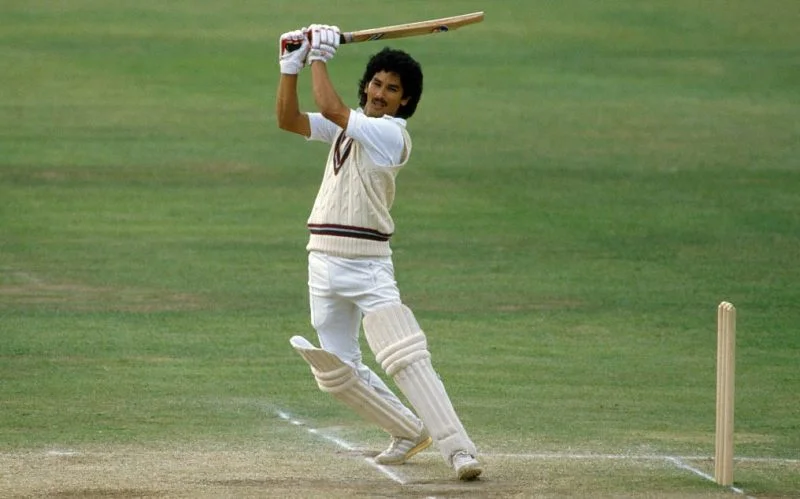
2. Allan Border (Australia)
Allan Robert Border is a former Australian cricketer. Allan Border became the rescuer of Australian cricket when it entered the 80s. He has achieved many feats such as becoming the first and only player to go past 150 in both innings in a test match. Allan Border also won the Ashes and made Australia the giant considered on the cricket field. The border was also responsible for handing over Australia their first-ever ODI world cup. Allen Border had a stunning average of 50 in Tests and together, he had scored 30 centuries in International cricket. Even the famous India-Australia Border Gavaskar trophy is named after him. Unfortunately, many fans recall a legendary Australian team led by Ricky Ponting but forget the groundwork done under Allan Border.
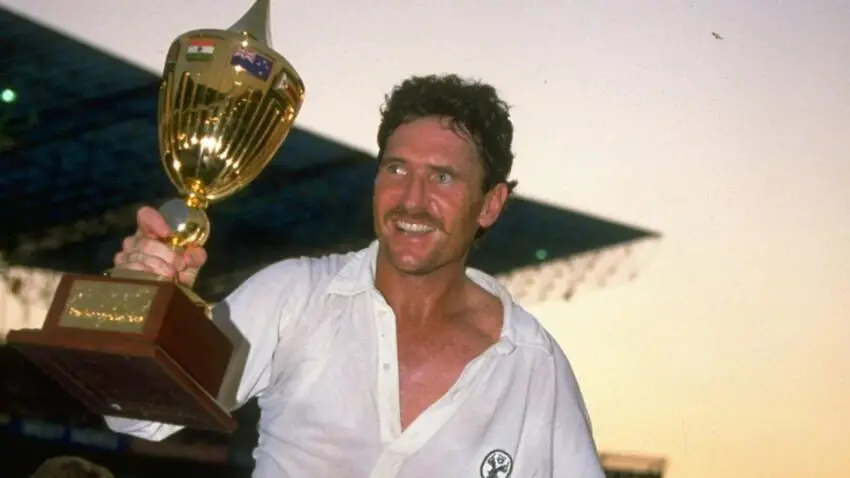
3. Dilip Vengsarkar (India)
D B Vengsarkar is a retired Indian batsman. Among Kapil Dev, Sunil Gavaskar and others, he was also part of the famous team that won the 1983 world cup. He has scored 6 centuries against the powerful bowling attack of the West Indian pace quadrat. Dilip Vengsarkar might be known to the people as the Indian batter who was injured in the second match against West Indies, but due to this, he was unable to play further and this also is a significant reason for people not recognising him. He was an opener initially but later as he was not able to achieve much success he converted to a middle-order batsman even in the 1983 world cup. After the 83 world cup his career in the position as a permanent batter in the Indian batting line-up declined. He continued to play until the year 1992.
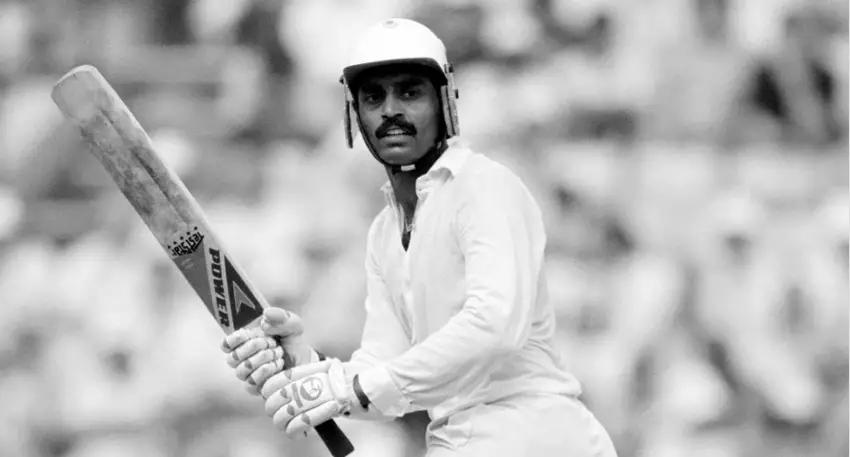
4. Trevor Chappell (Australia)
Trevor Chappell is easily recognised as the brother of the famous Greg Chappell. Even though they belonged to the same family, He did not succeed as his brother in the field of cricket. Trevor Chappell was not looked upon the way like his older brother was. Trevor Chappell only managed to play 3 Tests and 20 ODI, and then he was never seen in international cricket. He never managed to achieve the fame that his brother achieved.

5. Jeff Dujon (West Indies)
The West Indies cricket team was at its peak in the 80s for many reasons, the most prominent being the furious top-order batting and the deadly fast bowling. Jeff Dujon was also part of this West Indian team. Jeff Dujon was the West Indies wicketkeeper and the lower middle order batsman. Jeff Dujon was elegant behind the stumps and had made not less than 270 dismissals. Even with a powerhouse of batting ahead of him, Jeff Dujon could scalp 5 centuries and maintain a decent batting average.
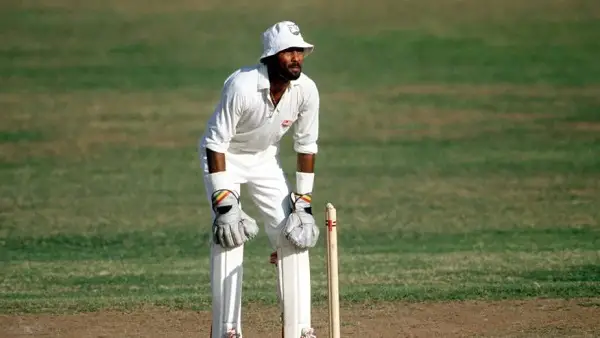
6. Gordon Greenidge (West Indies)
Gordon Greenidge is regarded as one of the most successful openers in cricket of all time. The West Indian had all the potential and guided the team through many victories, still, during his time, the West Indian team already had many other key players who surrounded him, and due to this, the spotlight was seldom on Gordon, and this is one of the main reasons he is not so much remembered for his heroics today.
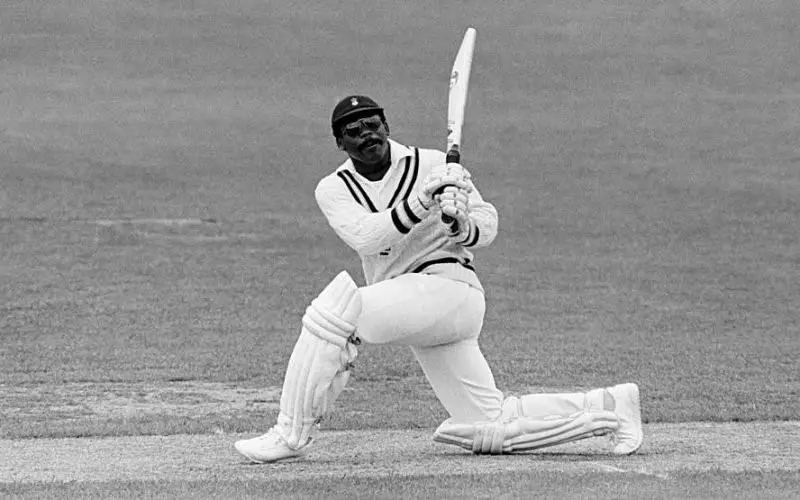
7. Saleem Malik (Pakistan)
Pakistan had mastered a proficiency that produced ace fast bowlers in the era of the 80s. Among those deadly pace bowlers, a batsman named Saleem Malik emerged. He was number 3 on the Pakistan Cricket team. He has smashed 20 centuries and was a prominent batter with an average of nearly 50 in the ODI’s. He is infamous in cricket as he is the first cricketer to be banned from all formats and found guilty of match-fixing.
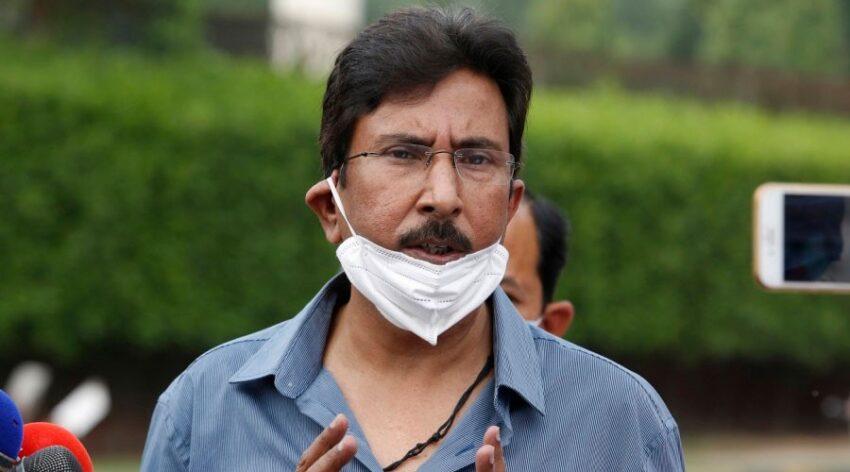
8. David Gower (England)
David Gower is a retired English cricketer. He was the English captain during his time. Nowadays he is an English commentator of the game. He was an ace batsman for the English cricket team who played in different positions in the higher middle order. He has scored 25 centuries in his career, with a decent average of 40 in tests and 30 in ODI.
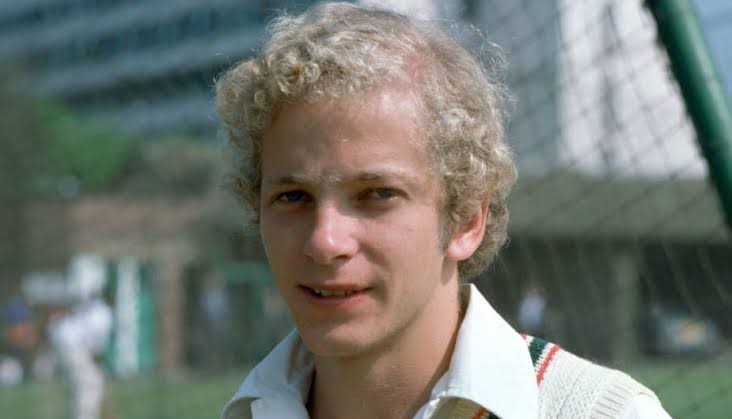
9. Richard Hadlee (New Zealand)
Richard Hadlee is a retired New Zealand cricketer. He is considered to be one of the best all-rounders ever. Even though he debuted at an earlier age in early 1973 but was noticed and became a regular member of the New Zealand Cricket team only in late 1976, with the arrival of 1980 he had attained his full potential and was highly appreciated on the international platform. He retired in the year 1990. He was the first person to scalp 400 wickets and also managed to get his way to 2 centuries.
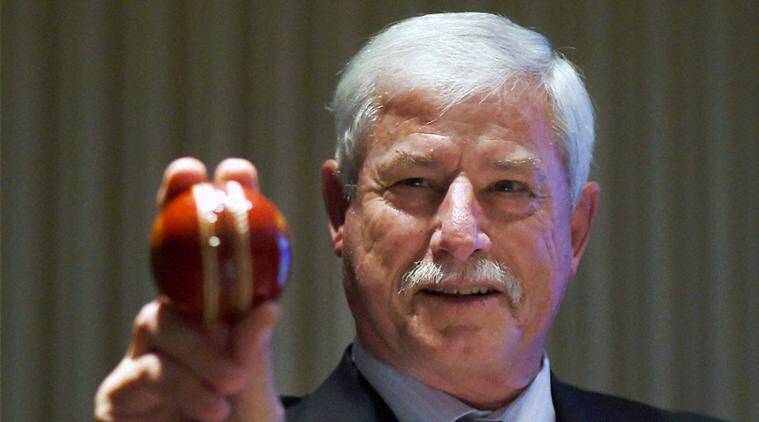
10. Maninder Singh
Maninder Singh is a retired Indian fast bowler. He was seen as the next big thing in International cricket. His ability to swing the ball on any hard surface was seen as par excellence. Even teams such as Australia struggled against him. After some brilliance bowling performances against Australia, Pakistan, England and other teams, Maninder Singh lost his rhythm in the 90’s which ultimately led to downfall of his career.
